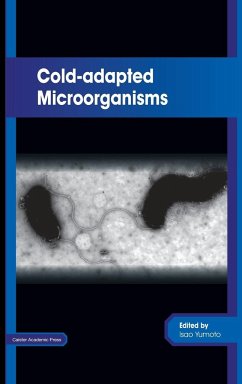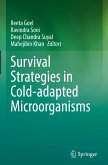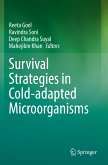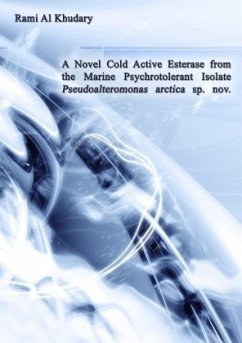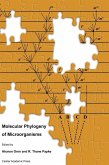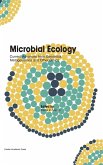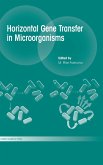Earth is dominated by low-temperature environments including 90% of oceans and 26% of terrestrial soil ecosystems. Once thought too cold for life, these environments have been shown to support diverse microbial communities. Psychrophiles use a wide variety of metabolic pathways, including photosynthesis, chemoautotrophy, and heterotrophy and form robust diverse communities. Cold-adapted microorganisms play a major role in nutrient turnover and primary biomass production in cold ecosystems and have important applications in biotechnology and in the study of food spoilage microorganisms. In this major new work, prominent contributors present cutting-edge knowledge and current concepts on cold-adapted microorganisms. Divided into three main sections, the book covers the major aspects of biodiversity in cold ecosystems, the physiology and molecular adaptation mechanisms, and the various biomolecules related to cold adaptation. Individual chapters cover the various habitats and the diverse strategies employed to cope with the cold. The book represents a valuable source of information to all scientists interested in cold-adapted microorganisms, extremophiles, microbial ecology, and environmental microbiology.
Hinweis: Dieser Artikel kann nur an eine deutsche Lieferadresse ausgeliefert werden.
Hinweis: Dieser Artikel kann nur an eine deutsche Lieferadresse ausgeliefert werden.

